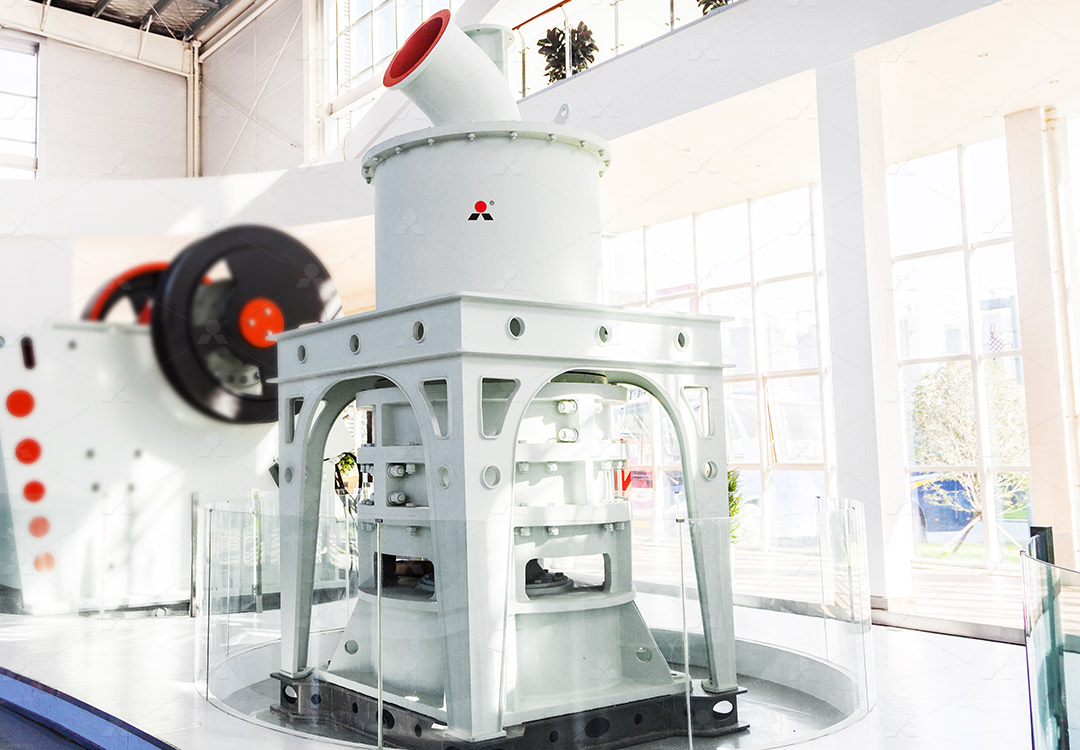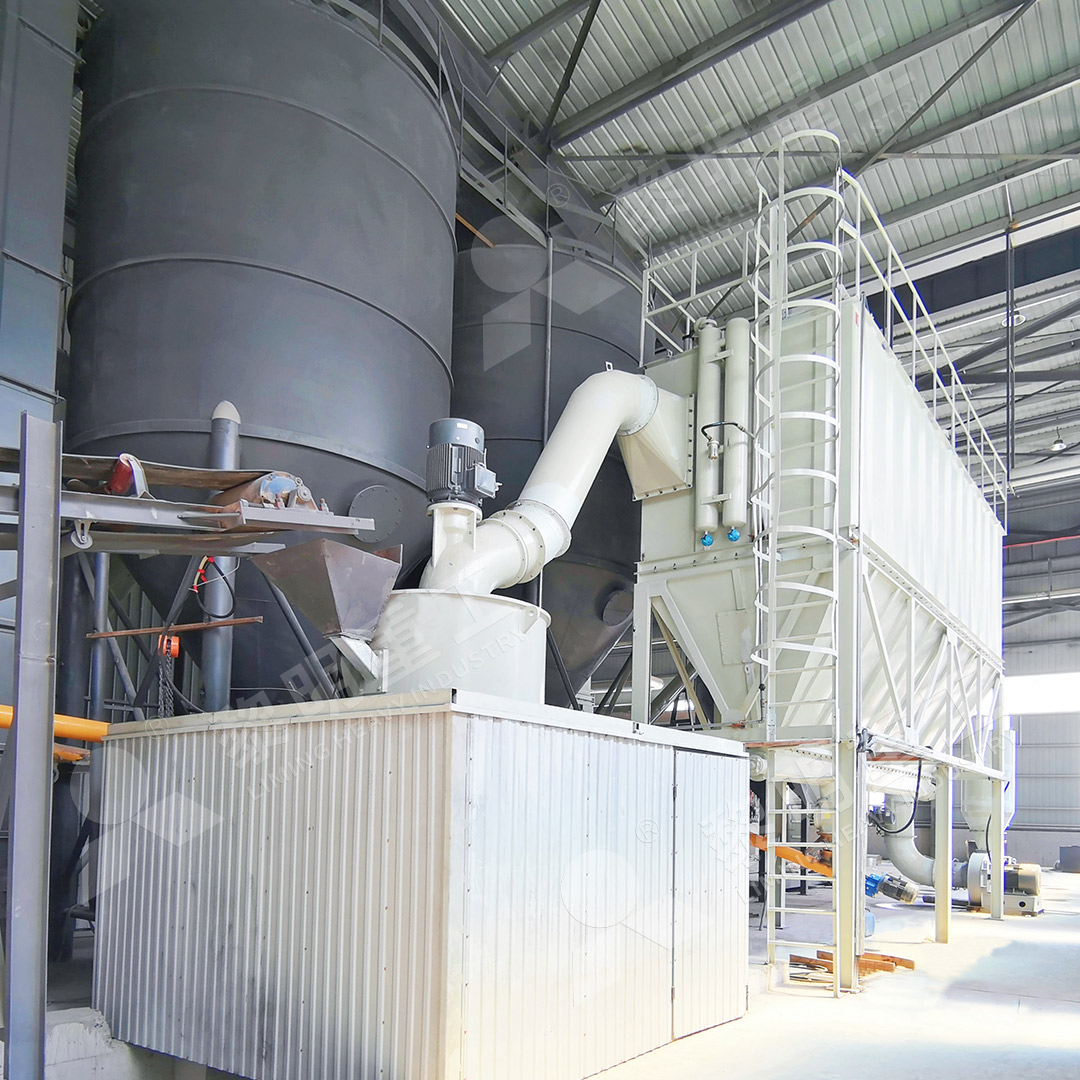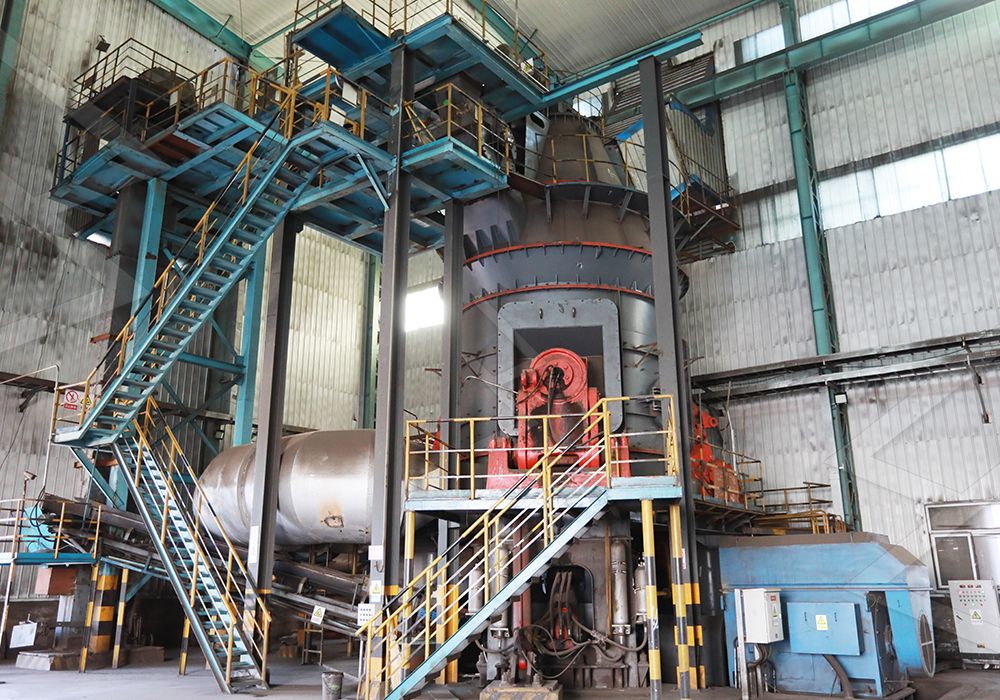LYF-07 Vertical Mill Price Guide and Cost Analysis
LYF-07 Vertical Mill Price Guide and Cost Analysis
When evaluating industrial milling equipment, the LYF-07 vertical mill represents a significant investment that requires careful financial planning. Understanding the factors that influence pricing and operational costs is crucial for making an informed purchasing decision that aligns with both production requirements and budget constraints.
Key Price Determinants
The initial purchase price of a vertical mill varies considerably based on several factors. Configuration specifications, motor power requirements, automation features, and material handling systems all contribute to the final cost. Additionally, installation expenses, foundation preparation, and electrical infrastructure upgrades can add 15-25% to the base equipment price.

For operations requiring ultra-fine powder production, our MW Ultrafine Grinding Mill presents an excellent value proposition. With an input size capacity of 0-20 mm and throughput ranging from 0.5-25 tph, this machine delivers exceptional performance for various materials including limestone, calcite, dolomite, and petroleum coal. The integrated efficient pulse dust collector and muffler system ensures environmentally conscious operation while maintaining production efficiency.
Operational Cost Considerations
Beyond the initial investment, operational expenses significantly impact the total cost of ownership. Energy consumption represents approximately 40-60% of ongoing operational costs. Modern vertical mills with advanced grinding technology can reduce power requirements by 30-50% compared to traditional milling systems.
Maintenance costs constitute another substantial expense category. Equipment with simplified maintenance requirements and accessible components can dramatically reduce downtime and associated labor costs. Regular wear part replacement, lubrication schedules, and system inspections should be factored into long-term budgeting.

Production Efficiency and ROI
The financial justification for vertical mill investment heavily depends on production efficiency and return on investment. Higher yielding equipment with advanced features like the LUM Ultrafine Vertical Grinding Mill can process materials with input sizes of 0-10 mm at capacities of 5-18 tph. This model incorporates the latest grinding roller technology and German powder separating technology, delivering superior efficiency that translates to faster ROI.
Production quality directly impacts profitability. Consistent particle size distribution, minimal contamination, and reliable performance reduce waste and improve end-product value. Equipment with digital control systems and automated adjustments maintains optimal performance with minimal operator intervention.
Long-Term Value Assessment
When evaluating vertical mill options, consider the total lifecycle value rather than just the purchase price. Equipment durability, manufacturer support, spare parts availability, and technology relevance over time all contribute to long-term value. Established manufacturers typically provide comprehensive technical support and genuine spare parts, ensuring sustained performance throughout the equipment’s operational life.

Environmental compliance costs should also be considered in the total cost analysis. Modern milling systems with integrated dust collection and noise reduction features eliminate the need for additional environmental control equipment, providing both operational and regulatory benefits.
Frequently Asked Questions
What is the typical price range for an LYF-07 vertical mill?
Pricing varies significantly based on configuration, capacity, and features, typically ranging from $150,000 to $500,000 for complete systems. Specific quotations require detailed production requirements and site conditions.
How does vertical mill efficiency impact operational costs?
Higher efficiency mills reduce energy consumption by 30-50% and decrease wear part replacement frequency, substantially lowering operating expenses over the equipment lifecycle.
What maintenance costs should I anticipate?
Annual maintenance typically costs 2-5% of the initial equipment investment, covering wear parts, lubrication, and routine inspections. Equipment with advanced features like external lubrication systems can reduce these costs.
How long until I see return on investment?
ROI periods vary by application and production volume, but typically range from 18-36 months for efficient operations using high-performance equipment like our MW Ultrafine Grinding Mill.
Are there financing options available?
Most manufacturers offer financing programs, lease options, and payment plans to help distribute the capital investment over time while maintaining production capabilities.
